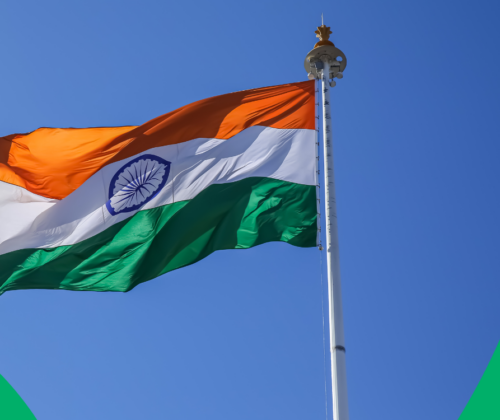Vietnam’s tourism aims to welcome 110 million tourists (8 million foreign arrivals and 102 million domestic tourists) in 2023. This is seen as a challenging goal. Last year is considered the year of record growth of Vietnam’s domestic tourism with 101.3 million tourists. This number nearly doubles the set target of 60 million visitors and even higher than the 2019 level (85 million visitors). But in 2022, Vietnam received just 3.5 million international visitors, reaching 70% of the target of 5 million visitors.
Vietnam’s tourism market in 2023 is forecasted to face many uncertain variables.
The domestic market will be an important driver of Vietnam’s tourism, but the game won’t be easy
The Vietnamese market will reach 100 million people in 2023. With the growing market size, diversified travel demand and resilience demonstrated in 2022, the domestic market is forecasted to continue to play an important role in the period 2023-2024, especially when the inbound market in Vietnam still has many variables.
In 2022, the domestic tourism market has completely recovered in terms of visitor numbers. Therefore, it’s hard to expect the continued explosive growth of the market. Tourism businesses will face more challenges in attracting the domestic market than in 2022. That’s because the pent-up demand to travel has been solved, and the advantage of opening tourism early is also no longer there. Moreover, competitive pressure on the attractiveness of products due to the almost complete return of outbound tourism, and the bad economy lead to the possibility of tightening spending in the new year.

In-region traditional markets continue to play a big role to Vietnam’s inbound tourism
Of the 3.5 million international visitors to Vietnam in 2022, nearly 70% come from Asian countries. They are tending to prioritize trips in the region currently due to safety and trip costs. Combined with the structure of the pre-epidemic inbound market in Vietnam, it shows that the Asian market is likely to continue to be the key of Vietnam inbound market in 2023. Businesses can expect continued growth of the Korean market, the return of Japan and Taiwan as well as a new wave of Southeast Asian markets such as Thailand and Singapore.
However, in fact, the awareness of Vietnamese destinations in the post-pandemic period of the above destinations is now only at an average level. According to Outbox’s survey in October 2022, the average awareness of the Vietnamese destination in the three markets of Korea – Japan – Taiwan is only 4.1/7 points. It requires businesses to have more efforts and clear solutions in accessing and understanding these markets to be able to compete with other destinations in the region.
The return of Chinese market
China has officially reopened to international tourism from January 8, 2023, and allowed people to travel abroad again from March. This is considered good news not only for Vietnam’s tourism industry but also for the whole world because of the great contribution of the Chinese market in the pre-epidemic period. The opportunity for Vietnam’s tourism to soon complete its target will depend a lot on China, our largest market.

Nevertheless, in fact, the possibility that the Chinese market can absolutely recover only in Q2-Q3 of 2023 at the earliest and depends on the financial capacity of the Chinese people. Particularly for Vietnam, the return of the Chinese market will be even slower than that of other destinations in the world such as Europe or Japan (which is the traditional choice of Chinese high-end customer segment, forecasted to return sooner than the affordable segments).
The return of the Chinese market also brings many new risks and pressures on local authorities due to differences in its epidemic prevention plan. This requires the tourism industry and Vietnamese travel businesses to soon develop a policy to welcome Chinese tourists in accordance with the new context, minimizing the risks while ensuring the competitiveness in attracting this world’s largest tourist market back.
New chances from new markets
In 2023, one of the approaches that Vietnamese travel businesses can consider is to gradually create new markets to reduce the pressure of dependence on traditional markets as well as create advantages in the medium and long term.
India is being seen as a new opportunity for travel businesses thanks to its great growth potential and increasingly convenient connectivity. However, in terms of market characteristics, India is a quite complex market with diverse customer segments, and still relatively different if compared with the existing products and services of Vietnam. In the current market competition pressure, being able to effectively access and exploit this market requires businesses to have full research on the market profile, thereby choosing suitable segments for their products and services. Traditional market access options simply will no longer be relevant.
Besides, new markets can also be understood as refreshing existing traditional markets, accessing old markets more deeply, and building more detailed customer segments. The awareness about Vietnam from traditional markets is only at an average level. Therefore, Vietnam’s tourism still has a lot of opportunities in niche market segments on the basis of improving the ability to understand customers in each segment, thereby raising the overall awareness level of the whole market. To do that, a go-to-market strategy with specific market research solutions needs to be deployed from each business to the entire tourism industry.



